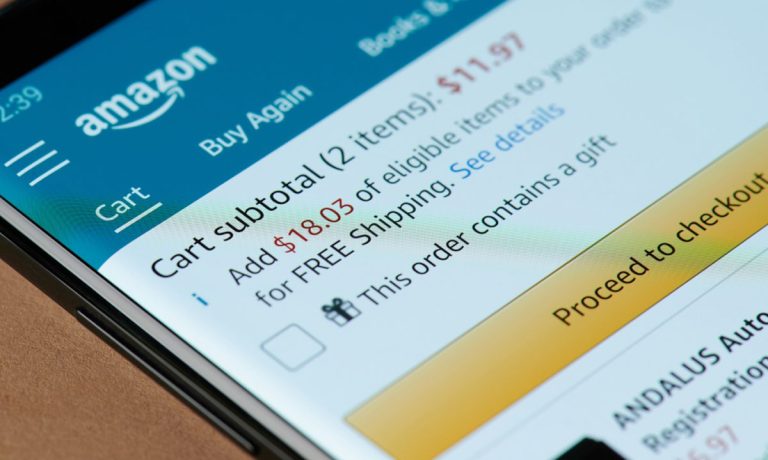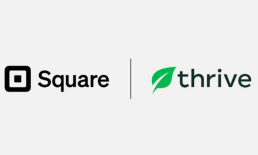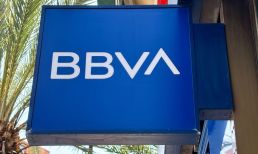Right in the middle of the busiest week of the peak holiday shopping season, the nation’s top two retail rivals showed an amazing — if not bold — ability to multitask this week, taking on a range of new projects and refining existing processes while responding to real-life emergencies on the fly.
For Amazon, the aftermath from the collapse of its tornado-ravaged site in Edwardsville, Illinois that took the lives of six employees loomed large all week, as condolences meshed with clean-up and the start of what could be a lengthy probe and investigation.
To its credit, the Seattle-based online retailing giant has made no mention of the untimely business disruption it is clearly facing as a result of losing one of the 110 massive fulfillment centers it operates in the U.S., and has focused only on addressing the local devastation and loss of life.
In some ways, the fact that the rest of Amazon is able to carry on, function and adapt in the midst of an unforeseen tragedy and crisis is exactly why the company is what it is today. In short, its ability to “manage through it” combined with its relentless pursuit of finding ways to deliver those boxes with increasing efficiency — no matter what — is still very much intact.
The Perfection of Payments
A large part of Amazon’s core retail acceleration strategy is the fast, seamless payments capability that powers its one-click purchasing regime, which now stands as a model and benchmark for the entire global retail industry. Even so, that system is constantly being tweaked and refined — even during the busiest shopping week of the year.
Advertisement: Scroll to Continue
To that point, the company’s rollout on Friday (Dec. 17) of a BNPL-like agreement in the U.K. with Barclays is the latest example of its endless pursuit of incremental progress.
“Every day, we strive to innovate on behalf of our U.K. customers,” said Amazon U.K. Head of Instalment Lending Rob Levy in a press release announcing the “Instalments by Barclays” program.
By giving local consumers more choice in how to pay — specifically to chop up payments on purchases of more than 100 British pounds (about $133) into smaller installments — is clearly more incremental than revolutionary, and stands as the latest example of Amazon’s efforts to leverage its growing share of this market.
“This is a simple and transparent service from Barclays that automates monthly payments, providing greater comfort for customers making bigger purchases,” Levy added.
Read more: Amazon, Barclays Partner on Account-to-Account Installment Payments in UK
The Perfection of Process
Never to be outdone and showing its own prowess for the dogged pursuit of perfection, Walmart continued to push deeper into social commerce and live-streamed shopping events this week, announcing a new one-click, in-video purchasing technology via a partnership with L.A. startup TalkShopLive.
“You click and you purchase right from the video player,” TalkShopLive CEO and Co-founder Bryan Moore told PYMNTS. “There’s no click-through [to another site or page]; you’re not driving back to Walmart.com to buy it. There’s no click out. You literally buy it right then and there within the video player, so that’s why we convert more sales,” he added of the company’s patent-pending technology.
Put another way, when actress/author/show host Drew Barrymore tells fans and followers (as she did on Tuesday, Dec. 14 on Walmart Live) about her favorite new crockpot holiday recipe, said gadget is available for one-click checkout right beneath the video stream — without having to tune out of the show or disconnect from the celebrity or influencer who brought in customers to begin with.
Read the full story: Walmart Turns Social Commerce Videos Into One-Click Checkout
The move marks the latest initiative in a year-long effort by the leading operator of over 5,300 physical locations in the U.S. aimed at both deepening its digital portfolio and narrowing Amazon’s lead in the category, while also making in-roads to the next generation of consumers.
Just how these, and other, incremental changes and adaptations have worked out for the two retail giants remains to be seen, as the “logistical Christmas” and all its unique challenges are still playing out — and Q4 results are not set to be revealed until early February by Amazon, and two weeks later by Walmart.




